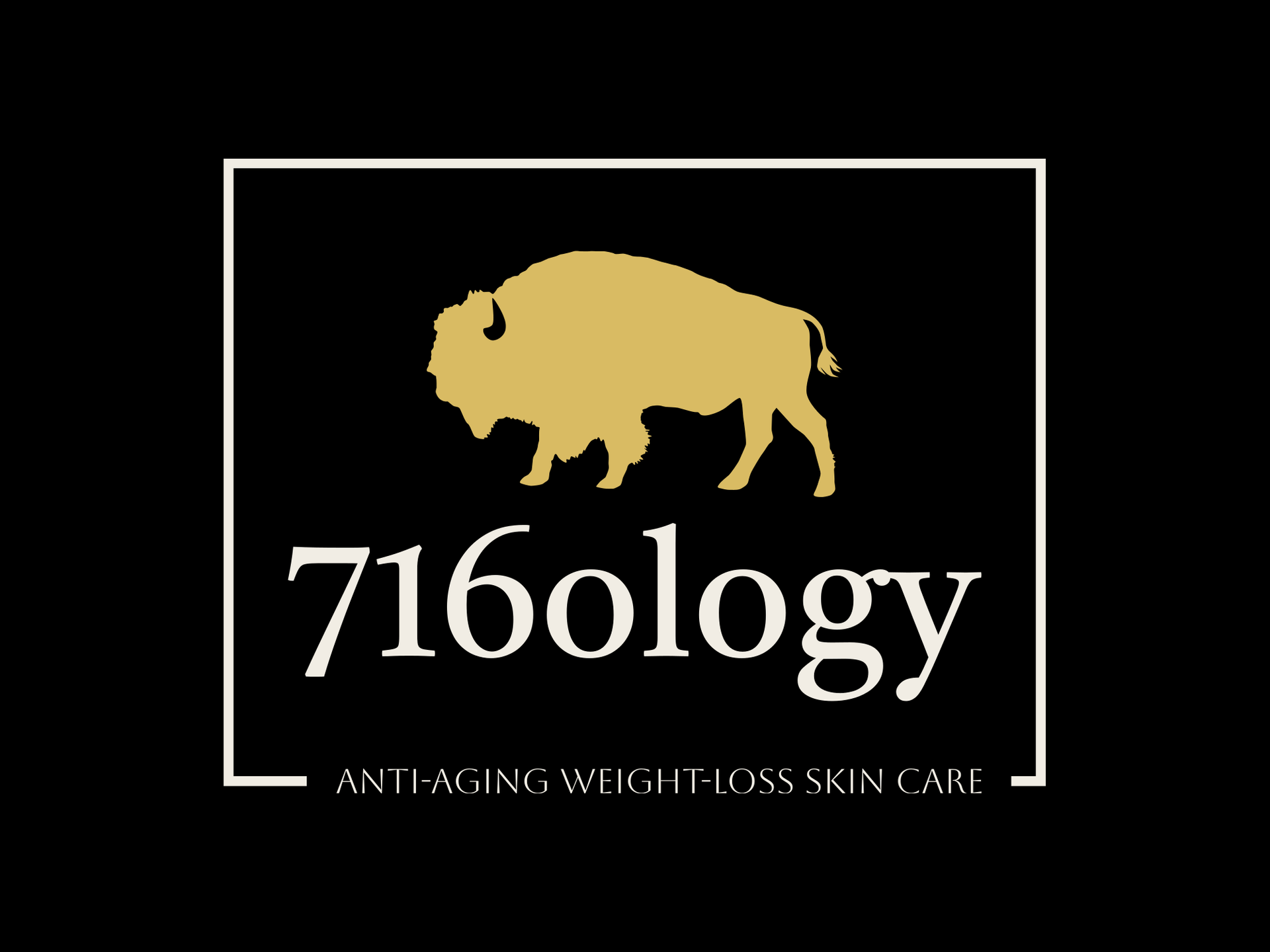Hyaluronic acid fillers, A Synopsis on safety of HA fillers
Hyaluronic acid fillers, A Synopsis on safety of HA fillers
Here is a synopsis of the literature review from the NIH:
Hyaluronic acid fillers with cohesive polydensified matrix for soft-tissue augmentation and rejuvenation: a literature review

What are HA fillers? You have heard of them. Some examples are Belotero, Restylane, Juvederm.
With a skilled injector, the most Common Side effects reported immediately and within 6 months: "The most common adverse effects were mild-to-moderate redness, swelling, and bruising, most of which were temporary. There were no reports of Tyndall effect, nodules, granulomas, or tissue necrosis."
In Summation and important clinical points:
- " Clinical evidence indicates sustainable esthetic effects, good safety profile, and long-term tolerability of the Belotero® fillers, particularly Belotero® Basic/Balance and Intense."
- "In the 4-week follow-up, pain recorded immediately after injection was lower with Belotero® Basic/Balance than with Restylane® (both being lidocaine-free)."
- " Belotero® was also found to be safe in Fitzpatrick skin types "
- " No major differences in safety profiles were observed in head-to-head comparisons between Belotero® Basic/Balance and collagen,36 and other HA fillers (Restylane® or Juvéderm®) "
- " The authors concluded that Belotero® has little potential for immunogenic reactions. "
If you would like to read the full study, please click here
Overall, the safety of HA fillers is minimal if performed by a skilled injector
Prasetyo, A. D., Prager, W., Rubin, M. G., Moretti, E. A., & Nikolis, A. (2016). Hyaluronic acid fillers with cohesive polydensified matrix for soft-tissue augmentation and rejuvenation: a literature review. Clinical, cosmetic and investigational dermatology, 9, 257–280. https://doi.org/10.2147/CCID.S106551


